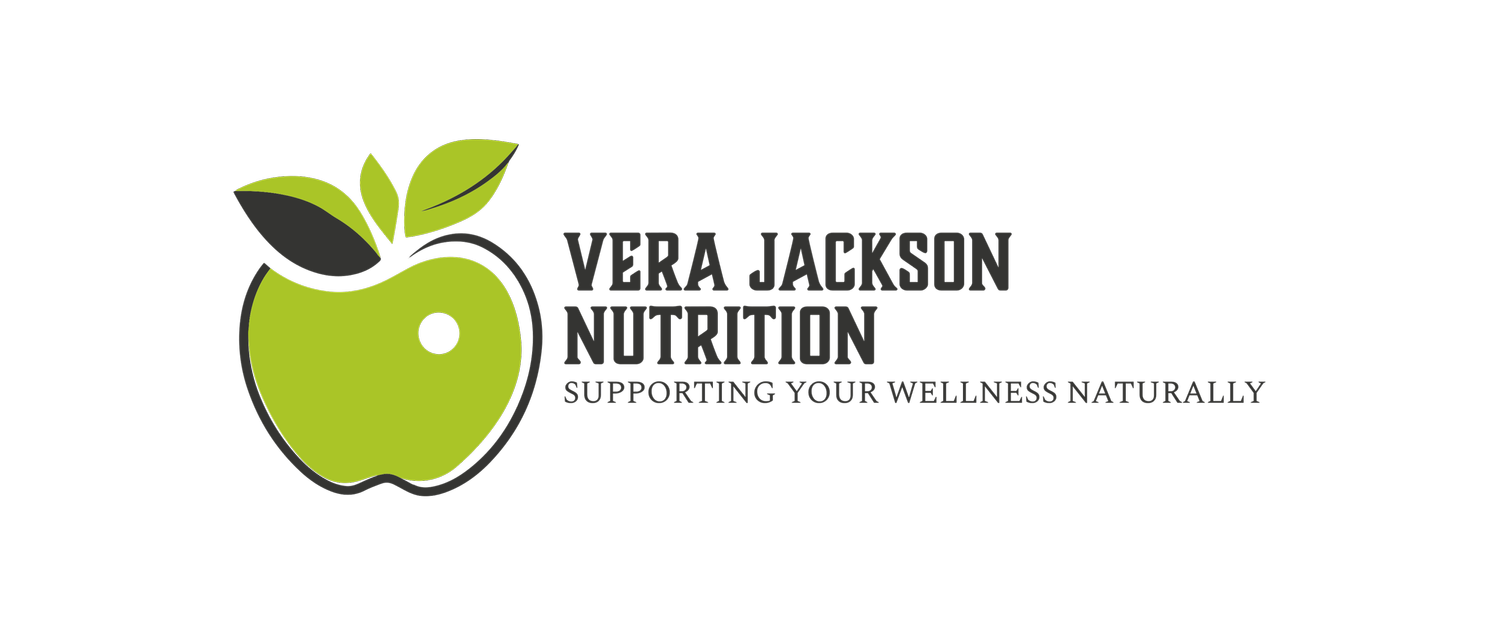Hay fever survival guide
Are you struggling to keep your hay fever at bay? Do you have to deal daily with stuffer or runny nose, itchy throat, watery red eyes, non-stop sneezing? This survival guide will help you to get on the top of your hay fever
What is seasonal allergy?
Seasonal allergies, also known as hay fever, is a condition affect 30% of worldwide population. These allergies are triggered by airborne substances that appear during specific times of the year, as pollen from trees, bushes, grass, weeds; or substances present in our lives all the time: dust mites, per dander, mold. More than two-thirds of spring allergy sufferers actually have year-round symptoms!
Allergies symptoms include:
●Nose – Watery nasal discharge, stuffed or itchy nose, constant sneezing, postnasal drip, loss of taste.
●Eyes – Itchy red eyes, gritty eyes, swelling and watery eyes.
●Throat and ears – Sore throat, hoarse voice, feeling blocked or popping of the ears, itching of the throat or ears
●Sleep – Mouth breathing, snoring, frequent awakening at night, preventing from getting a restful sleep.
●Daytime fatigue and irritability, chronic low energy can happen after long exposure to allergens
Allergy symptoms can vary from mild and easy to manage to very troubling, affecting person’s ability to sleep, to get out of the house, to concentrate at work or studies.
If you feel like you are very often sick, with cough, nose congestion, itchy throat or headache, you may have allergy and it’s time to investigate!
Why does hay fever happen?
Our immune system is constantly working, scanning every substance getting into the body with air, water or food. If substance is harmless, immune system lets it be processed as part of our normal daily life. On the other hand, harmful substances, as bacteria, trigger immune system response to disarm these substances before they damage the body. Allergy happens when immune system mistakenly identifies “innocent” substances as harmful, raising alarm and immune response (watery eyes, runny blocked nose, sneezing, swollen airways).
Your allergy triggers matter!
Identify your allergy triggers (pollen, non-pollen substances, food, mold) and avoid or minimize your exposure to these. Allergy testing for food and non-food substances is easiest option. This simple test can be done at your home, with sending your samples by post to the lab and getting results back into your phone app or email inbox. I can help with arranging allergies test, explain the results and build next steps with you.
Identify your food sensitivities. In most cases food sensitivities are not life threatening but can also trigger hay fever symptoms. Pollen food syndrome is sensitivity to certain fruits like apples, carrots, celery. Other common sensitivities are diary and gluten from grains. Testing for food sensitivities is simple and can be done at home. I can help you with food sensitivities testing.
Check your house for mold and remove it with help of professionals if needed. Do not use bleach, it causes mold to release toxic substances, making hay fever worse. If mold is your issue, ensure the house is dry and well-ventilated. Invest in dehumidifier to keep house dry, clean house waterspouts and external drainages from debris.
Keeping symptoms diary with exposure to substances and any symptoms changes will help you to navigate better thorough possible hay fever triggers.
7 simple tips to ease your symptoms.
Monitor pollen count. When pollen is high, keep windows and doors closed and try to stay home where possible. In spring and early summer, during tree and grass pollen season, pollen levels are highest in the evening. In late summer and early autumn, during ragweed pollen season, pollen levels are highest in the morning. You can download pollen count application on your phone or read updates in a search engine.
If you need to go out during high pollen hours wear sunglasses and hat, on returning home take your shoes off before entering the house and clean any dirt or dust before placing back on shoe rack. Change clothes straight away and take a shower to wash off any pollen residue from skin. Keep your car windows closed when you travel.
Wear a mask when you are moving the lawn or doing chores outdoors. Take a shower and change clothes after you finish these chores.
Essential oils can help reduce allergy symptoms such as congestion, sneezing, runny noses and itchy eyes. Lavender, eucalyptus, peppermint, lemon and tea tree oil are all great oils to use in a vaporizer, steam bath or spray.
Invest into air purifier with HEPA filter to filter out any pollen or dust which got into your house from outside. Remember to change filter regularly in your air purifier to keep it efficient!
Support your immune system with balanced nutritious diet, full of healthy fats, proteins, plenty of fresh fruits and vegetables. Ensuring daily restful sleep and managing or keeping low stress levels will also boost your immune system and help to reduce symptoms. I can work with you on strengthening your immune system as part of hay fever relief program
Herbal teas reducing hay fever symptoms include 2 cups of nettle leaf tea, green tea, liquorice tea, fresh grated ginger tea in your daily drinks.
I support people struggling with hay fever, getting to the root cause of symptoms and create personal diet and lifestyle strategies to manage hay fever. I can support you too. Book your free call to talk about your wishes, needs and transformation you wish to create
